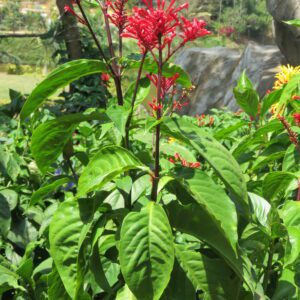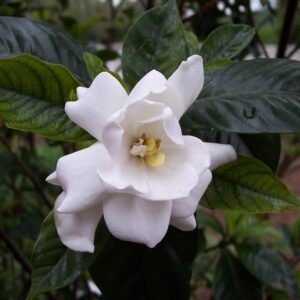Anise hyssop is a member of the mint family (Lamiaceae) and native to the Midwest and prairies of North America. It is an herbaceous perennial with an erect growth habit and fragrant foliage. The specific name references fennel (Foeniculum vulgare), with which it shares the anise fragrance.
Planted in full or partial sun and mesic to dry conditions, anise hyssop grows 3 to 5 feet tall and should be planted 12 to 36 inches apart in well-drained soil. It attracts bees, butterflies and birds to the garden and is resistant to deer and rabbits. If you decide to propagate this plant, division can be done in spring or fall. It will self-seed in the garden and usually overwinters well if the soil is well-drained.
The foliage has an anise or licorice scent and can be used as a flavoring in salads and teas. Seeds can be used in cookies, cakes and muffins. The upper stems terminate in spikes of flowers about 3 to 6 inches long and come in many colors. The small flowers are arranged in dense whorls that are crowded along the spike, and the flowers are replaced by smooth, oval-shaped nutlets. Flowering starts in late July and continues until late autumn. Anise hyssop makes a great addition to butterfly, cottage, cutting, edible, pollinator and drought tolerant gardens. Use it along a border or in naturalized areas. This is one of the 20 key pollinator plants that should be blooming in August for the Great Southeast Pollinator Census.




